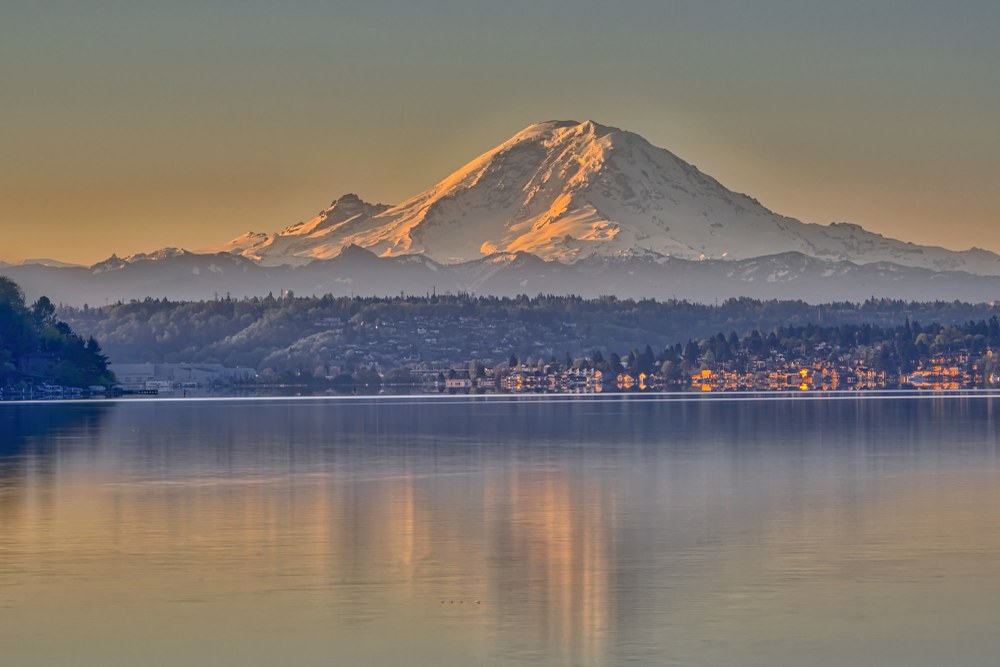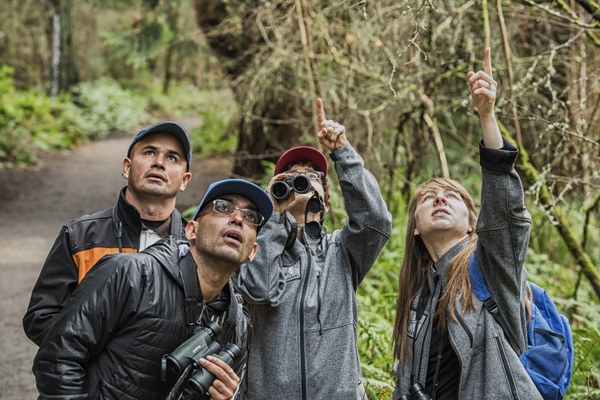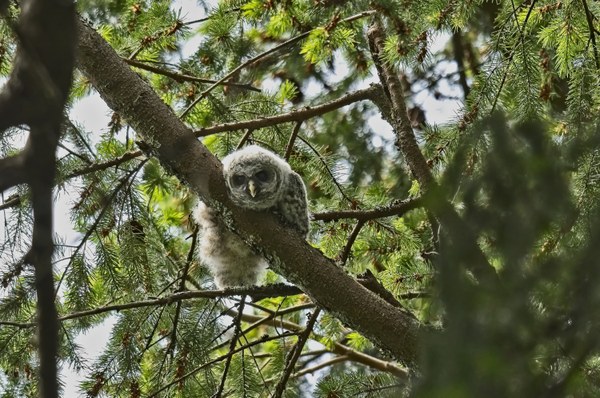
One of my favorite places in the outdoors has multiple trails, several different habitats, and offers spectacular views of a major snow-capped peak. There is an old-growth forest where, among the mossy trees, you are serenaded by the rat-ta-tat-tat of pileated woodpeckers, hoots from barred owls, and screeches of Stellar’s jays. There also is abundant shoreline, where rabbits bound, beavers sun, and bald eagles, kingfishers, great blue heron, osprey, and otters nab fish.
And it abounds with people of color.
And so it helps shatter one of the more pervasive pictures of the outdoors — that non-whites don’t inhabit it, because we’re somehow disinclined to do so.
The place I described sounds like it might be found somewhere on the Olympic Peninsula. It’s actually a peninsula in southeast Seattle, the most diverse part of the city, where I grew up and still live. There, Seattle’s only old-growth forest is surrounded on three sides by Lake Washington and, on any given day, Seward Park reveals the natural and longstanding brown layer of outdoor recreation.
The outdoorspeople of Seward Park might shrug off traditional labels, and the mainstream culture would support—even, stoke — their resistance. Say a poll taker called people of color after their ritual of traveling the park’s 2.4-mile loop. If they asked the weekend walkers if they participated in outdoor activities, they’d say, “Yes, of course, I just did.” But the questions wouldn’t be posed that way. The pollsters more typically would ask, “When is the last time you took a hike/went camping/visited a national park?” To which the responses likely would be a shrug and a “Never.”
Seward Park is located in the zip code 98118, where more than 59 different languages are spoken. In many of those languages, there are not equivalent terms for words that make up the American outdoor lexicon. Even Spanish, spoken by the second-largest racial group in the state, doesn’t have words for “hiking” and “camping.”
 Seward Park Birders.
Seward Park Birders.
When we ask ourselves about our outdoor activity, in languages and context we understand, the outcomes are dramatically different. I am a founding member of the Next 100 Coalition, a national alliance of civil rights and conservation and community groups of color. In the summer of 2016 we commissioned a survey of non-white voters. Seventy percent of respondents said they engaged in outdoor activities. Respondents also supported the protection and upkeep of public lands by margins far in excess of 90 percent. In other words, we are indeed outside and value everything associated with the outdoors.
Even so, many of my Seward Park neighbors might describe their activities as “just taking a walk,” or “having a picnic.” And that simple linguistic disconnect is enough to exclude a lot of non-whites from representation in the U.S. green ecosystem, from public lands, to conservation and environment organizations and movements, to outdoor brands. Pile on top of that the fact that, because of how the outdoors is portrayed in mass media, non-whites often don’t believe we look the part, and we are led to believe that we lack “essential” equipment that legitimize our inclusion.
John Robinson, a longtime advocate for diversity in bird watching, explains the latter with a theory he calls the “Don’t Loop”: People of color don’t (insert outdoor activity) because people generally don’t participate in activities in which they don’t see themselves. This cycle produces self-perpetuating scarcity or exclusion.
The assertion that people of color are not outdoors is, at least in part, a myth perpetuated to exclude us. It’s easier to justify many of the widely accepted “norms” of the outdoors: why non-whites are not models in catalogues, subjects of advertisements, or on covers of magazines, for example, or why people of color don’t work in national parks (only 17 percent, per the National Park Service), comprise senior staff of environmental and conservation organizations (only 14 percent, per Dr. Dorceta Taylor’s work for Green 2.0), or go bird watching (only 7 percent, per the U.S. Fish and Wildlife Service). If people of color are not outdoors, the thinking goes, these behaviors are to be expected.
Nuance is lacking from this conversation. The myth yields truth, if put into context: People of color are not outside, the way being outside is defined by the dominant culture. The definitions also are determined by who is included in the conversation. Does anyone really believe, for example, that non-whites don’t fish, as surveys suggest? As Aretha Franklin once asked, “Who’s zooming who?”
 Barred Owlet.
Barred Owlet.
Add to the decoupling narrative the inclination of recent “othered” immigrant communities to emphasize extended families and congregate for reasons of safety and support — not to mention being involuntarily congregated, redlined, or otherwise ghettoized. Big groups don’t fit nicely into the mainstream drive for escape. To put it more graphically, it’s difficult to grasp the wisdom of reserving camping spaces meant for two when the party you’re bringing numbers in the teens. It’s much easier to comprehend claiming a picnic area, which offers access, facilities and, mostly, the opportunity to be inclusive.
It's critical to accept how differently others might define and view their participation in outdoor activities. In a matter of decades, this country will be a majority non-white, and it will be in everyone’s best interest that this new majority prioritize stewarding public lands and the fight against the impacts of climate change. Communities of color already have a huge stake in environmental maladies because it is they who will suffer the consequences first and disproportionately.
The semantics of describing a journey around the loop in a place like Seward Park as a “hike” or a “walk in the park” really is inconsequential. If those two concepts are merged into acceptance, they become opportunities to build a bridge to more distant lands, as well as more complex and challenging issues. We need to share an immediate commitment to the health of our planet. In a decade, maybe less, it will be too late.
This article originally appeared in our Fall 2018 issue of Mountaineer Magazine. To view the original article in magazine form and read more stories from our publication, click here.
 Glenn Nelson
Glenn Nelson